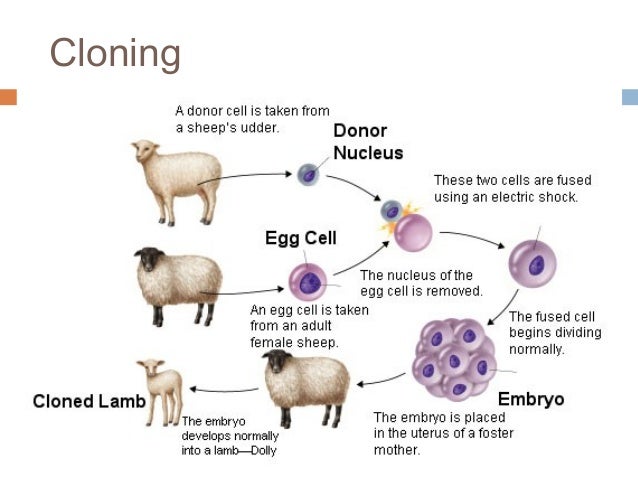

Synthetic biology comprises a series of disruptive technologies capable of providing new solutions to global challenges in health, agriculture, industry, and the environment ( Cameron et al., 2014 Flores Bueso and Tangney, 2017 French, 2019). Introduction: Background and rationale for the educational activity innovation An overview on synthetic biology and the first synthetic genetic circuit Most importantly, the results demonstrated that our resource showed a significant positive impact ( p < 0.05) on students’ learning process, indicating that the proposed method helped them better understand the genetic toggle switch. The 3D printed molecular structures can be freely downloaded and used by teachers to facilitate the training of STEM students in synthetic biology. In this sense, the present work describes the design, 3D printing process, and evaluation in classrooms of the molecular models of the first synthetic biological circuit, the genetic toggle switch. Therefore, we hypothesized that the use of computer-assisted design (CAD) and 3D printing to create biomolecular structural models through hands-on interaction, followed by reflective observation, critical and analytical thinking, could enhance students’ learning in synthetic biology. On the other hand, digital fabrication tools, which allow the creation of 3D objects, are increasingly used for educational purposes, and several computational structures of molecular components commonly used in synthetic biology processes are deposited in open databases. Despite the important role it plays in resolving global issues, instructing synthetic biology can be challenged by a limited availability of specific educational materials and techniques for explaining complex molecular mechanisms. Synthetic biology is a new area of science that operates at the intersection of engineering and biology and aims to design and synthesize living organisms and systems to perform new or improved functions. 4Department of Ecology, Laboratory of Vertebrate Ecology, University of Brasília, Institute of Biological Sciences, Brasília, Brazil.3Department of Cell Biology, Laboratory of Molecular Biology, University of Brasília, Institute of Biological Sciences, Brasília, Brazil.2Department of Cell Biology, Laboratory of Molecular Biophysics, University of Brasília, Institute of Biological Sciences, Brasília, Brazil.1Department of Genetics and Morphology, Laboratory of Synthetic Biology, University of Brasília, Institute of Biological Sciences, Brasília, Brazil.Heloísa Oss Boll 1 Matheus de Castro Leitão 1 Aisel Valle Garay 2 Ana Carolina Campos Batista 1 Sophia Garcia de Resende 1 Leonardo Ferreira da Silva 1 Viviane Castelo Branco Reis 3 Emerson Monteiro Vieira 4 Cíntia Marques Coelho 1 *


 0 kommentar(er)
0 kommentar(er)
